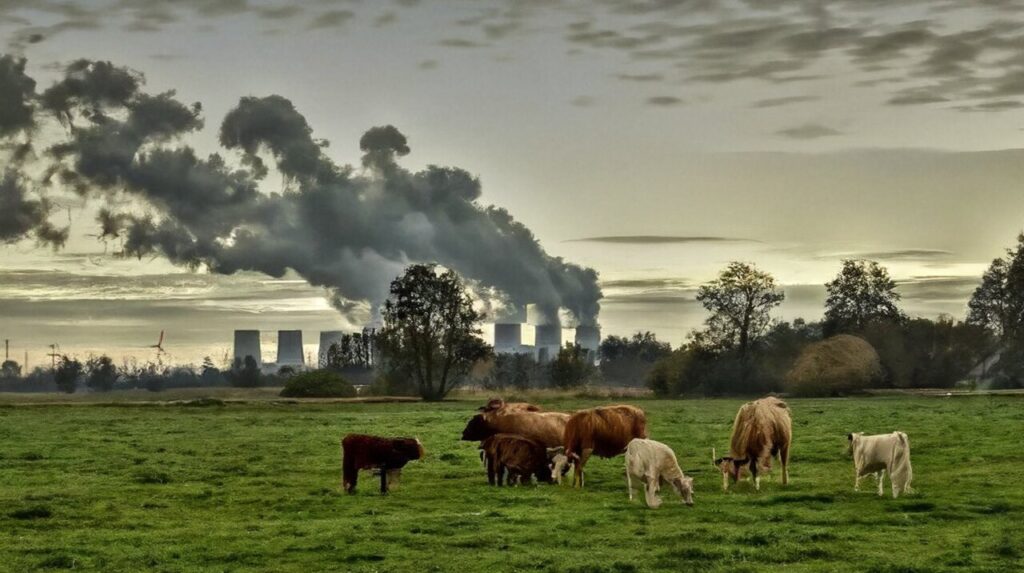India’s vow to become net-zero carbon emitter by 2070 is good, but it is expensive. To achieve that, India would require a staggering investment in renewable energy, estimates Moody’s. The credit agency puts the amount of investment required by India at between $190 billion and $215 billion for the next seven years to reach just its target of 500 gigawatts (GW) of renewable capacity by 2030.
Beyond Renewable Energy
But the investment doesn’t end there. To fuel this growth in clean energy, India will also have to invest another $150 billion to $170 billion in electricity transmission, distribution, and energy storage infrastructure. This is a testament to the magnitude of the challenge as the nation not only constructs new generation capacity but also makes sure that it can actually deliver that electricity where it’s needed.
The Role of Coal in Transition
Despite the push for renewables, coal will remain a significant part of India’s energy basket over the next decade. This is a fact that is both a challenge and a strategic necessity since coal-fired power plants assist in meeting the short-term energy demand while the country transitions to cleaner sources. The balancing act between meeting energy security and transitioning towards sustainability is walking a tightrope, and the role of coal diminishes slowly as renewable capacities expand.
Current Development and Policy Support
India has exhibited incredible development, with the proportion of renewable energy in its power capacity mix standing at around 43% in fiscal year 2023-24. The development has been accompanied by strong policy frameworks and investment incentives in green energy.
Financial Leverage and Risks
The investment is expected to raise the level of financial leverage of renewable power firms, something Moody’s considers to be credit negative. Government-related entities are likely to possess moderate leverage thanks to their improved balance sheets. The situation emphasizes the significance of successful budgetary arranging and imaginative subsidizing structures to guarantee decreased dangers emerging from such critical speculations.
India’s way to net zero is not a matter of introducing more solar panels or windmills; it’s approximately a whole change of the framework for producing, transmitting, and expending energy. The speculations are colossal, but so are the profits in terms of bringing down environmental damage, improving energy security, and green opportunity in the economy.
Conclusion
India’s own journey to net-zero by 2070 may be a confirmation to its want to battle climate change, but the journey is full of financial potholes. With shrewd investment, good policy, and perhaps re-designing existing energy infrastructures, India has the potential to lead the world among countries towards a new trajectory of sustainability. The next two or three decades will reveal as the country makes this ambitious switch to a cleaner, greener one.

